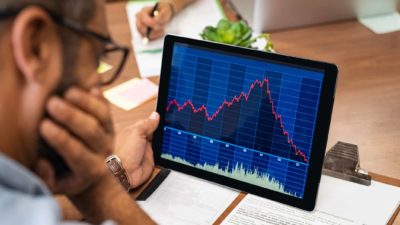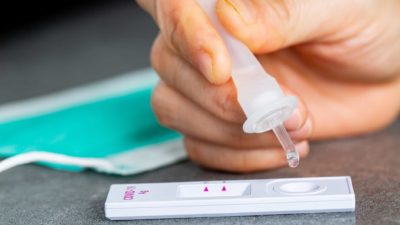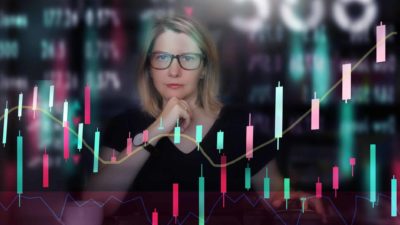In case you haven't heard, the US share market staged its best one-day gain in 33 years last night and the euphoria is pumping the S&P/ASX 200 Index (Index:^AXJO) (ASX:XJO) to a one week high.
The top 200 stock index jumped 3.5% during lunch time trade and you can tell risk appetite is roaring back given that many of the most exposed stocks to the effects of the COVID-19 pandemic are leading the charge today.
This includes the Afterpay Ltd (ASX: APT) share price, the Qantas Airways Limited (ASX: QAN) and the Magellan Financial Group Ltd (ASX: MFG) share price. These stocks are in the top five outperformers on the ASX 200 at the time of writing.
What's a dead-cat bounce?
The question is whether the bear market has found a bottom or whether the rally is a dead-cat bounce. The expression isn't meant to be disrespectful to felines or to suggest they could be next to catch the coronavirus.
It's a term coined on Wall Street and probably follows a saying that no matter how high you drop a cat-aver (pardon the joke) from, it won't bounce.
Since then, the term dead-cat bounce is used to describe an unsustainable and temporary recovery from a big drop.
Dead cat or rockin' bull?
But knowing whether a recovery is of the feline nature is much like calling a recession – no one knows for sure until after the fact. If I had to guess though, I would say "meow".
This is because I don't see enough signs that could convince me that we've seen the worst of the coronavirus crisis.
This rally is being fuelled by the belief that the US government is about to launch a US$3 trillion stimulus plan to cushion the economic lockdown due to the virus outbreak.
Foundations for a recovery
Meanwhile, the US Federal Reserve is ready to pump an unlimited amount of liquidity into the banking system to ensure credit is both cheap and available.
Our government and central bankers have made similar (if not less dramatic) gestures, and all these moves are steps in the right direction to ensure the almost certain global recession will be as shallow as possible.
Missing trigger
But as our political leaders have said, this is a medical emergency and not a financial crisis. Fiscal and monetary policies were critical in pulling us out of the GFC, but in this case, I will need to see an easing in the pandemic before believing in any bounce.
We don't even know how long the shutdown will last, how can we say the markets have found a bottom?
Signs on when to buy
What's more, I believe the news is going to get worse before it gets better – not only in terms of the growth in COVID-19 cases but job losses.
The good news is that the market will rally before we get definitive signs that the virus outbreak is under control, which might be six months according to medical experts.
Once we start seeing a plateauing in the grow of new cases, that's when I plan to be aggressively buying the market.
We are just not there yet.








